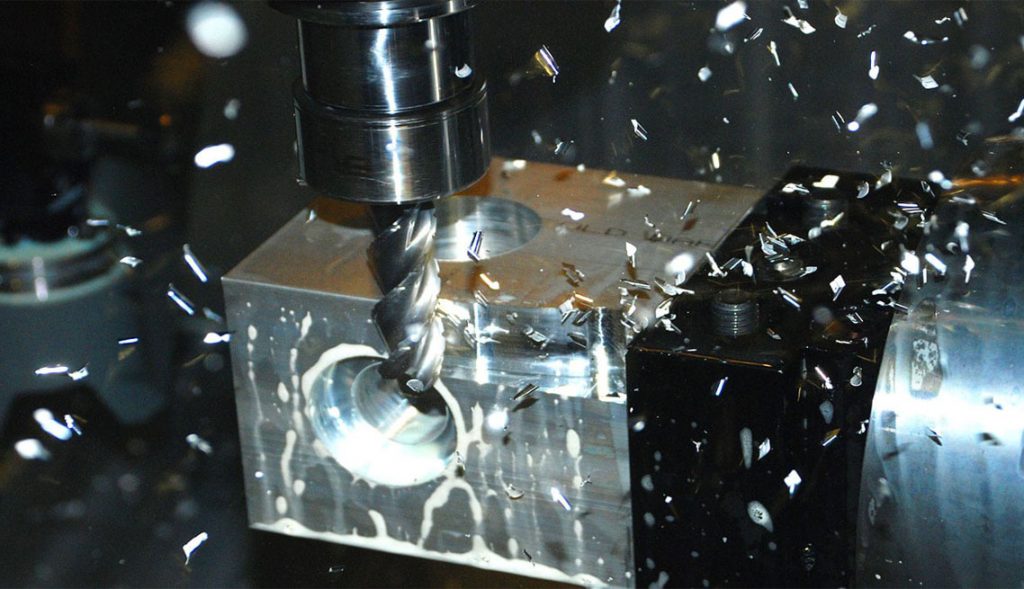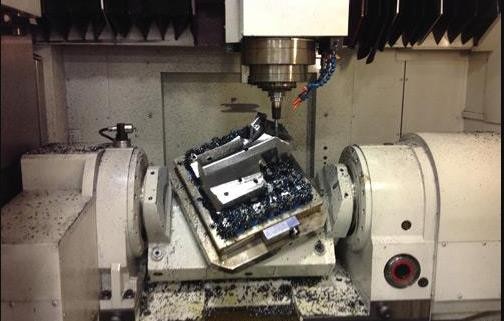Introduction to Multi-Axis CNC Machining
Multi-axis CNC machining allows for the creation of complex, high-precision parts through the use of advanced, computer-controlled machinery. Unlike traditional 2 or 3-axis machining, multi-axis CNC machines can move tools in multiple directions simultaneously, allowing for more intricate designs and improved accuracy.
Why Use Multi-Axis CNC Machining?
- Complex Geometries: Multi-axis CNC machining is essential for creating parts with complex shapes, undercuts, and angled surfaces that would be difficult or impossible to produce with standard CNC machines.
- Reduced Setup Time: With multi-axis machining, you can reduce the need for multiple setups and re-fixturing, significantly decreasing production time and ensuring greater precision.
Materials Commonly Used in CNC Machining
- Aluminum CNC Machining: Aluminum is a popular material in CNC machining due to its lightweight and corrosion-resistant properties. It’s frequently used for automotive, aerospace, and consumer goods applications.
- CNC Plastic Machining: CNC plastic machining is ideal for creating lightweight, non-metallic parts such as enclosures, medical devices, and consumer products. Plastics like ABS and polycarbonate are often chosen for their flexibility and affordability.
- CNC Titanium Machining: Titanium offers unmatched strength and biocompatibility, making it the material of choice for high-stress applications, including aerospace and medical implants.
Applications of Multi-Axis CNC Machining
- Precision CNC Machining Parts: Multi-axis CNC machines are used to create precision parts with tight tolerances, crucial for industries like aerospace, automotive, and healthcare. These parts can range from turbine blades to surgical tools.
- CNC Machining Parts Factory: In factory settings, multi-axis CNC machining boosts productivity by reducing manual intervention and ensuring that complex designs are machined accurately and efficiently.
Benefits of High Precision CNC Machining
- Higher Accuracy: With high precision CNC machining, parts are produced with extremely tight tolerances, making them ideal for industries where accuracy is crucial, such as medical devices and aerospace components.
- Cost Efficiency: Although initial setup costs for multi-axis machines can be high, the ability to complete complex parts in fewer steps ultimately reduces production costs by increasing efficiency and reducing material waste.

Conclusion: Why Choose Multi-Axis CNC Machining?
Multi-axis CNC machining is a key technology for producing high-quality, precise components across a wide range of industries. Whether working with aluminum, plastic, or titanium, multi-axis CNC technology offers unmatched accuracy, efficiency, and flexibility, making it an essential tool for modern manufacturing.
Disclaimer
The content appearing on this webpage is for informational purposes only. LongSheng makes no representation or warranty of any kind, be it expressed or implied, as to the accuracy, completeness, or validity of the information. Any performance parameters, geometric tolerances, specific design features, quality and types of materials, or processes should not be inferred to represent what will be delivered by third-party suppliers or manufacturers through LongSheng’s network. Buyers seeking quotes for parts are responsible for defining the specific requirements for those parts. Please contact to our for more information.
Team LongSheng
This article was written by various LongSheng contributors. LongSheng is a leading resource on manufacturing with CNC machining, sheet metal fabrication, 3D printing, injection molding,metal stamping and more.


